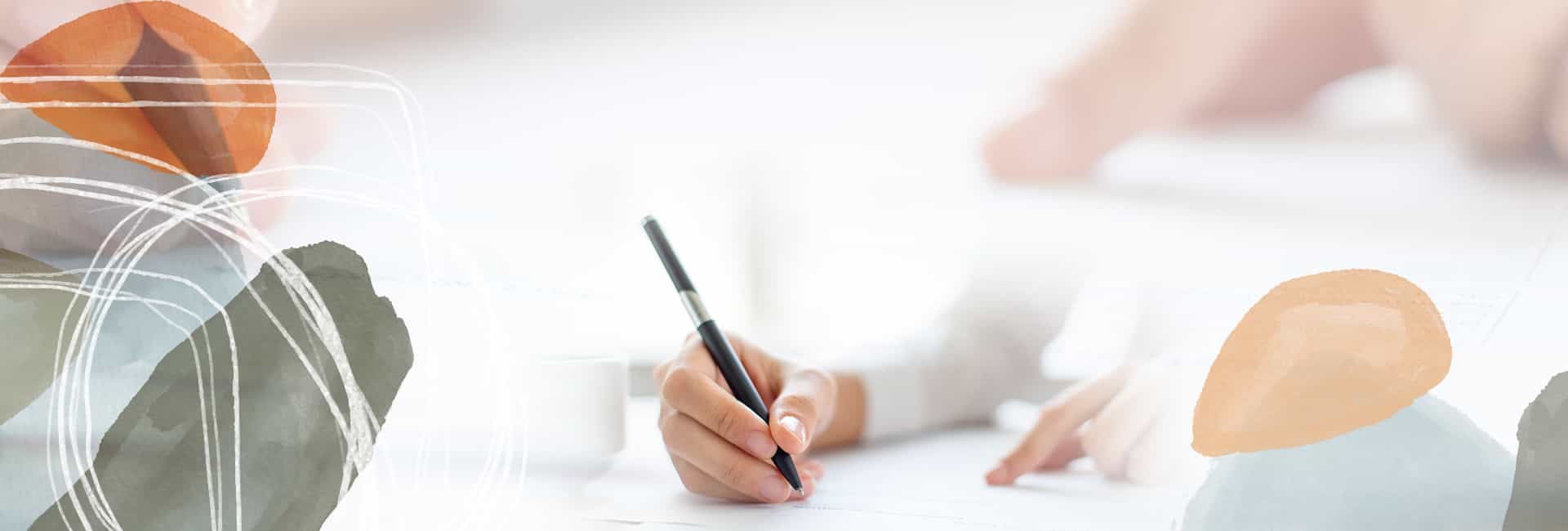TMJ, or temporomandibular joint disorder, is a painful problem with the jaw joint and surrounding muscles. Many people suffer from TMJ, but few know there are ways to manage it long-term. For some, TMJ can disappear completely with proper treatment and management, ranging from physical therapy to surgery.
With the help of your dental team, you can uncover the best treatment option to cure your TMJ.
What Is TMJ?
Temporomandibular joint (TMJ) disorder is a common condition that affects the hinge joint that connects the jawbone to the skull, causing pain, discomfort, and difficulty in the jaw’s movement.
TMJ disorder can affect various parts of the body, including the ears, head, neck, and shoulders. If left untreated, it can cause severe complications that may lead to permanent joint dysfunction.
Symptoms of TMJ
Symptoms of TMJ disorder vary from person to person. They can radiate to other parts of the body, making it difficult to diagnose without a thorough examination by a dental professional.
Common symptoms can include:
- Jaw pain on either or both sides
- Shoulder or neck pain
- Stiffness in the jaw or neck
- Difficulty opening or closing your mouth
- Jaw clicking or popping
- Headaches
- Earaches
- Tinnitus, or ringing in the ears
- Toothaches
- Malocclusion, or change in your bite
Causes of TMJ
Several elements can cause TMJ disorder, including:
- Teeth grinding, or bruxism
- Jaw trauma, such as a break or dislocation
- Arthritis
- Stress
- Poorly aligned teeth
- Misaligned bite
Infections or tumours in the joint, hormonal changes, and genetic predisposition can also lead to TMJ. Identifying the cause of your TMJ disorder is essential in finding the best treatment options available.
Can You Cure TMJ?
Treatment of TMJ disorder aims to relieve pain, reduce inflammation, and restore proper function to the jaw. With proper treatment, TMJ can go away completely. Treatment options available may vary based on the severity and cause of the disorder.
Visit a Dentist
The first step to curing TMJ is to visit your dentist. Getting a diagnosis and treatment plan from a professional is essential. A dentist will examine the alignment of your jaw and teeth and suggest a course of treatment. Treatment options include:
- Wearing a nightguard to protect your teeth from grinding
- Getting a dental splint to realign your jaw
- Undergoing orthodontic treatment to correct misaligned teeth
Physical Therapy
Physical therapists specializing in TMJ treatment can help realign the jaw and strengthen the surrounding muscles. Physical therapy may include jaw exercises that help improve the movement of the jaw, soft tissue mobilization to relax tense muscles, and electrical stimulation to promote muscle healing.
Nonsurgical Treatments
Your dentist can also recommend alternative, nonsurgical treatments to treat TMJ disorders. Some of these supplementary approaches include:
- Trigger point injections: Corticosteroids or botulinum toxin injections can be injected into pain points. Alternatively, dry needling can be used without injecting anti-inflammatories or neurotoxins.
- Ultrasound therapy: While many associate ultrasound with imaging, ultrasound probes are also used therapeutically to deliver heat and promote blood flow, muscle relaxation, and tissue healing.
- Lifestyle changes: Avoid biting into hard foods like nuts, raw carrots, ice, and chewing gum.
Regular exercise, proper posture, and stress management techniques can also help prevent TMJ from recurring.
Surgery
If less invasive treatments fail to cure your TMJ, surgery may be an option. There are several surgical options available, including:
- Arthroscopy: key-hole surgery using a thin tube, camera, and light to insert surgical instruments to remove scar tissue, reposition the disk in the joint, or reshape the bone
- Open-joint surgery: requires an incision for your surgeon to access the jaw joint directly
Surgery is typically only recommended if other treatments have failed and the TMJ is causing severe discomfort or limiting jaw function significantly.
How to Prevent TMJ
While jaw trauma isn’t always avoidable, early intervention can help cure TMJ before the symptoms become unbearable. Prevention of TMJ disorder includes:
- Maintaining good oral hygiene habits
- Avoiding chewing gum or hard foods
- Maintaining good posture
- Applying relaxing techniques
- Taking regular breaks when sitting for long periods
- Practicing stress-reducing habits can help prevent TMJ disorder
Maintaining an active lifestyle, with regular exercise, can also help reduce the risk of TMJ.
Visit Your Dentist to Protect Your Jaw
If you experience jaw pain, teeth grinding, or headaches, mention them to your dental team. Even if the symptoms seem unrelated, such as neck stiffness or earaches, it’s worth mentioning to your dentist. By thoroughly assessing your jaw, we can help uncover the cause of your discomfort. Visit the team at Palermo Village Dental for your next dental exam.




